In this article
Bichon Frises are exceptionally cute, friendly, and intelligent furry companions. Originating from the Mediterranean islands may partly explain their fun-loving and easygoing nature. Even families with young children or elderly couples still enjoy keeping a Bichon as a pet. Generally, their weight and height ranges are 12 to 18 pounds and 9.5 to 11.5 inches respectively.
However, individual Bichon Frises will have a different growth rate. Their development is impacted by diet, exercise, genetics, etc. View the Bichon Frises growth chart below to compare your dog’s height and weight to the ideal sizes.

Bichon Frise Breed Overview
Small and non-sporting, the Bichon Frise’s long, curling white hair highlights their dark eyes and nose. These dogs are very active, people-oriented, and do not like to be left alone. Snuggling in your lap will definitely be one of their favorite spots.
The Canary Islands are where the earliest Bichons were first discovered in the 13th century. The dog became well-known throughout Europe as a result of sailors taking them onboard their ships and using them for trade. These cute little pups were especially beloved by aristocrats, who treated them like pampered lapdogs.
Due to their size and personality, Bichon Frises make good apartment dogs, but they still require a lot of playtime to burn off their excess energy. They like running around the yard if living in a home with one. Despite having short legs, these pets can still run fast. To avoid a game of “catch me if you can,” a fenced-in area is the best option.
Bichon Frise Size and Growth Chart
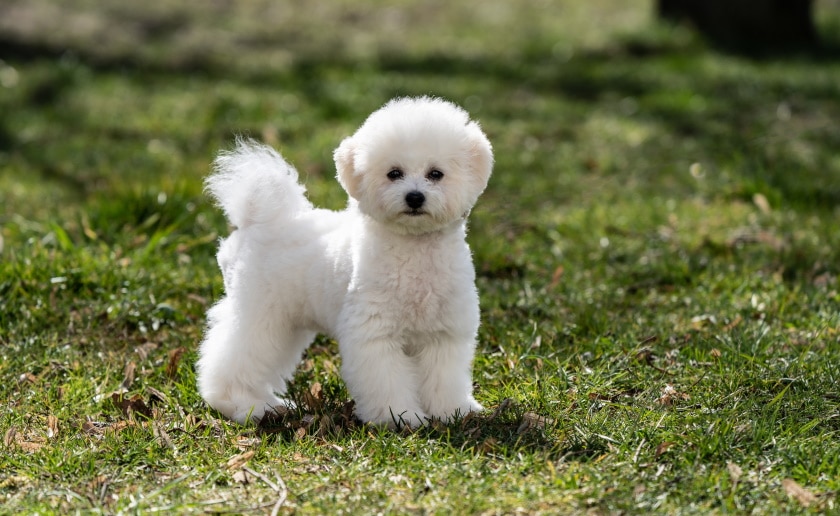
Your Bichon Frise puppy won’t be large in size even when they’re fully grown. This tiny dog weighs between 10 and 18 pounds and ranges from 9.5 to 11.5 inches at the shoulder. This chart shows Bichons at various ages, so you can see if your puppy is growing normally or if they’re either underweight or overweight for the breed standard.
| Age | Weight Range | Length Range |
| Newborn | 6 to 8 ounces | 5 to 6 inches |
| 1 month | 1 to 1.5 pounds | 5 to 6 inches |
| 2 months | 1.5 to 2 pounds | 6 to 7 inches |
| 4 months | 3 to 5 pounds | 7 to 8 inches |
| 6 months | 6 to 9 pounds | 8 to 9 inches |
| 12 months | 10 to 18 pounds | 9 to 11.5 inches |

When Does a Bichon Frise Stop Growing?
Once they turn a year old, your Bichon Frise puppy will stop growing. They will likely achieve adult size by the time they are 6 months old, but they will continue to gain weight as their muscles grow for a few more months. Even though your Bichon can reach the point of no further growth at 1 year, these canines may still act and think like a puppy for several more months.
Factors Affecting the Size of Bichon Frise
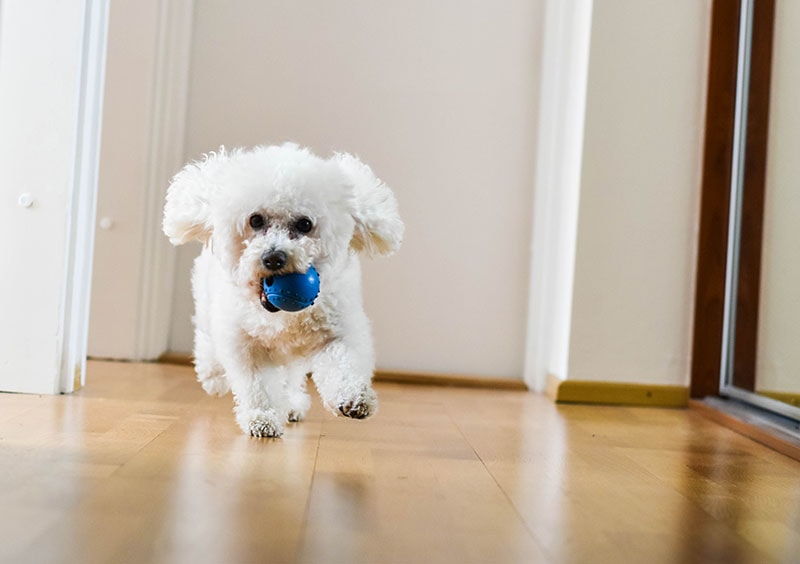
Puppyhood is a lovely, though occasionally chaotic, stage of life. It’s crucial for pet parents to understand when and how their puppies will develop. You can be more prepared for your dog’s adult life if you are aware of the elements that influence a pup’s rate of growth and size.
Nutrition, activity, genetics, and health all affect your furry friend’s development, in addition to their age and gender. With this knowledge, you can support their health and growth. As your puppy matures into an older canine, make sure to give them lots of healthy food, playtime, and affection!
Ideal Diet for Maintaining a Healthy Weight
Due to their tiny size, small dogs are becoming more popular these days. However, the smaller size of these animals means they have specific nutritional requirements.
Tiny dogs can live a long life of up to 15 years if given the proper care. Compared to larger pups, little canines develop and mature faster. You should provide a diet recommended for specific life stages because these foods are specifically designed to offer adequate nutrition for their growth. To guarantee optimal development, most food manufacturers provide particular feeding recommendations based on the age and weight of the pup at the time.
It might sound premature, but once your tiny Bichon Frise reaches the age of 12 months, it’s suitable to switch to an adult diet. If the puppy food your dog is eating is working out well for them, you can stick with that brand and choose a food marketed to adults.
When they’re roughly 8 years old, you can change their diet to one designed for senior dogs. As your canine ages, these foods will help keep them at a lean weight and frequently include crucial antioxidants and nutrients that are essential to sustaining senior pets’ health. Remember to gradually switch their diet by incorporating a small amount of the new food mixed with their old food every day for a week.
We recommend getting advice and guidance from a veterinarian if you have any questions or concerns regarding your pet’s diet and weight.
If you need to speak with a vet but can't get to one, head over to PangoVet. It's our online service where you can talk to a vet online and get the personalized advice you need for your pet — all at an affordable price!

How to Measure Your Bichon Frise
Ensure your dog is standing up against a wall before taking height measurements. On the floor, their feet need to be equally spread apart. Measure from the top of their shoulders down to their paws for the most accurate height measurement.
Calming down smaller canines can be difficult because they are more excitable, so consider having someone else hold your dog while you measure their height on a table.
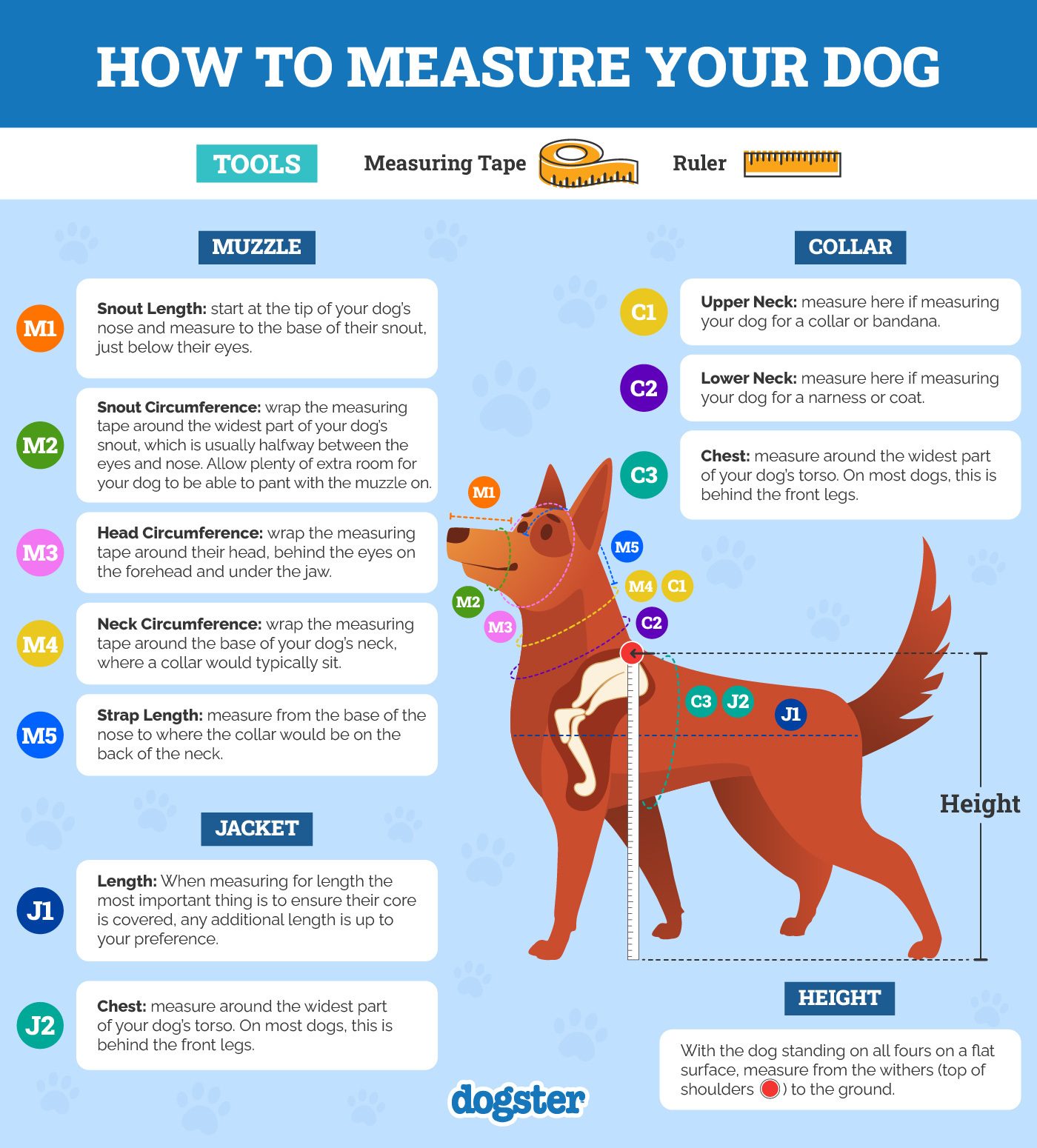

Conclusion
Bichon Frises fit under the non-sporting category as a “small” dog. This implies that, despite being delicate and small, they are pretty hardy and have historically been used as working animals. A Bichon will never weigh more than 18 pounds, so they do well in apartments.
Anyone who wants to own a Bichon Frise should know how large they can be and how different factors affect their size. They can develop to the fullest extent of their physical abilities with the proper care and attention.
You may also like to know:
- How Much Exercise Does a Bichon Frise Need? Vet-Reviewed Advice
- How Long Can Havanese Dogs Hold Their Bladder? 5 Tips for Leaving Them Alone
Featured Image Credit: Eudyptula, Shutterstock
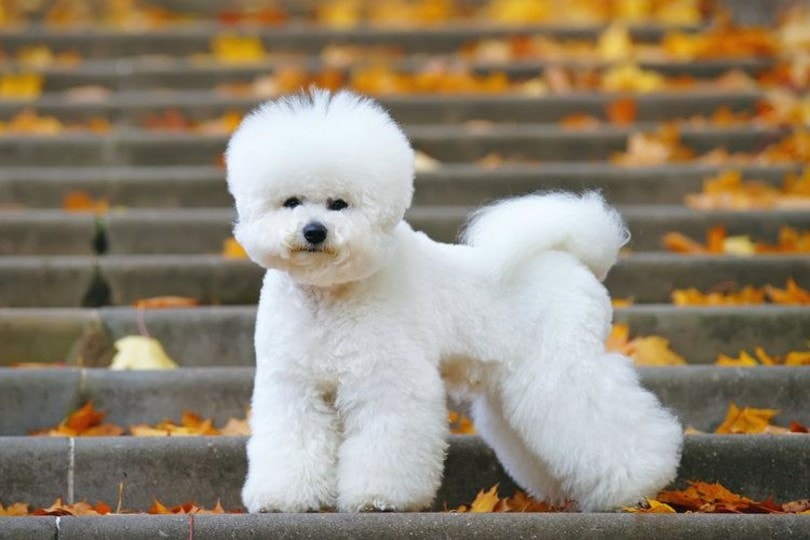



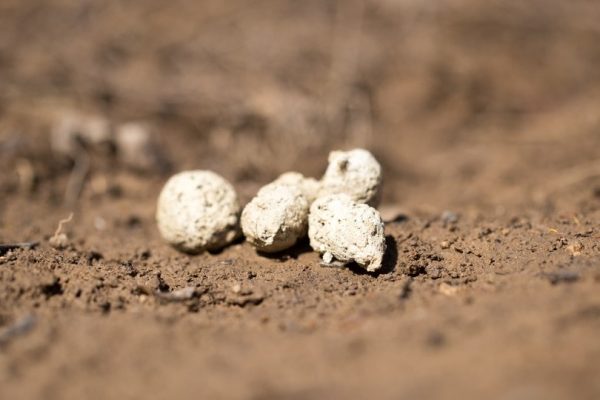
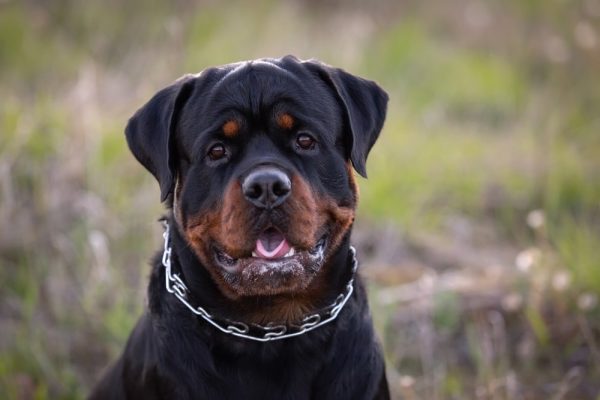
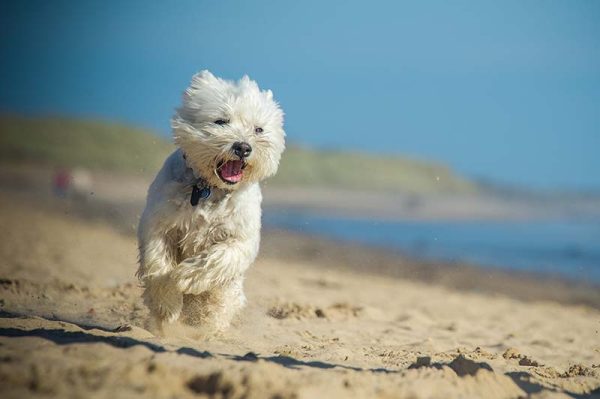


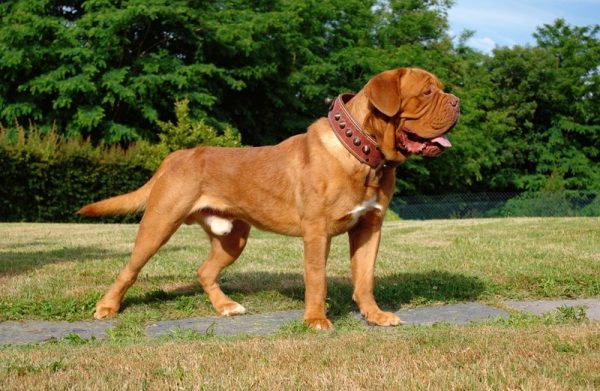
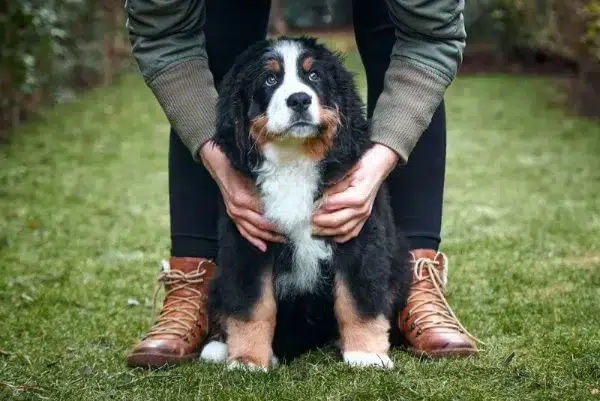

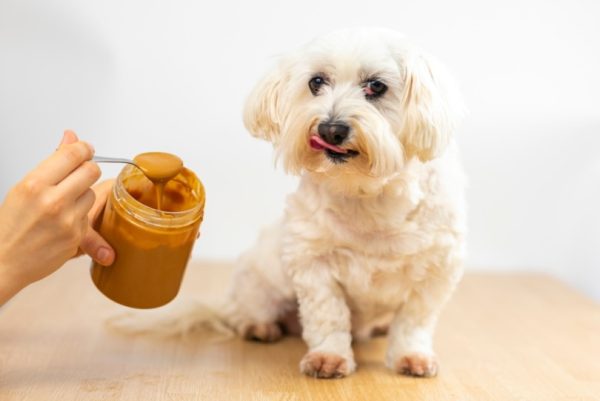

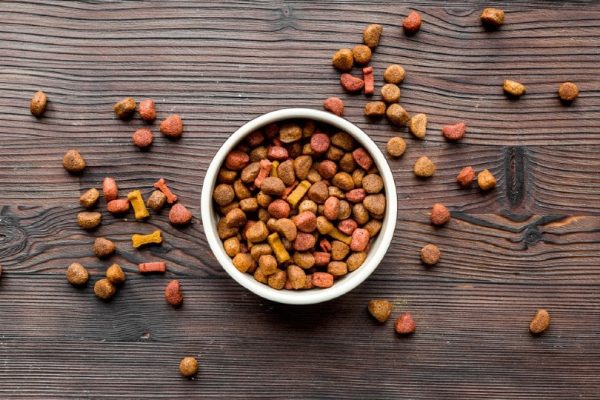
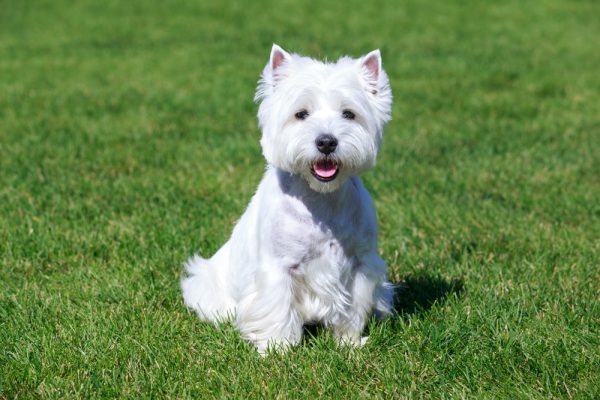


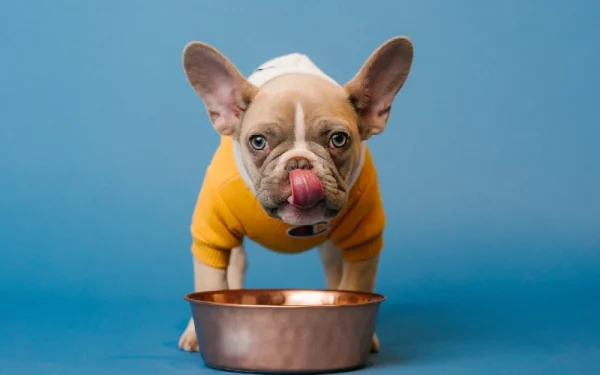

2 Responses
How old do Bichon babies get? We are in our 70's.
Hello Russ,
thank you for your question. Bichon Frise's lifespan is usually around 14-15 years – you can find more information about this breed here: https://www.dogster.com/dog-breeds/bichon-frise/
Hope this helps.